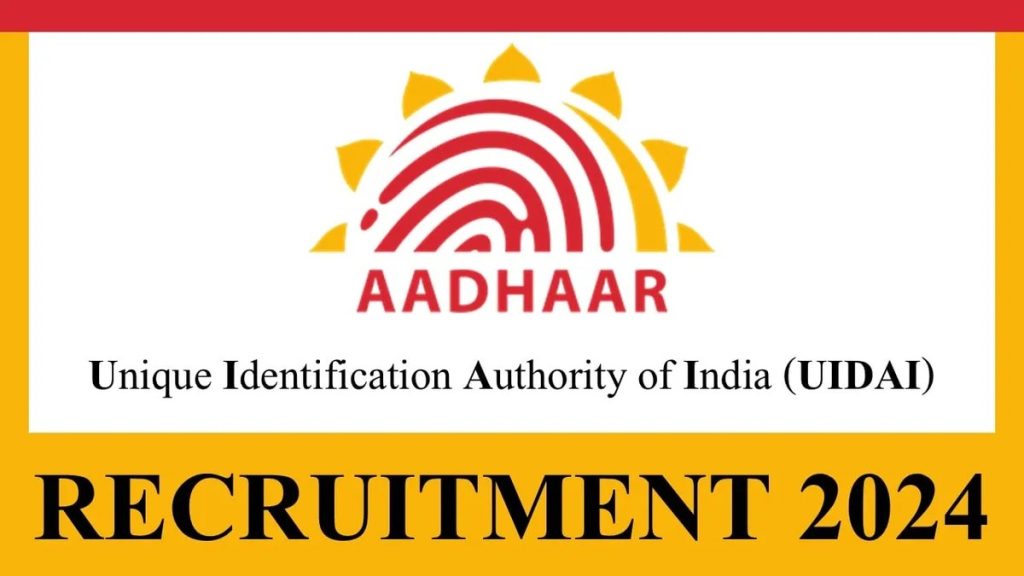A political storm is brewing in southern India, fueled by a growing controversy over the redrawing of electoral boundaries to reflect population shifts. Regional leaders are calling for mass mobilization to protect their political interests, urging citizens to “have more children” through media campaigns and public meetings. They warn that the upcoming delimitation process could alter the region’s political balance. “Delimitation is a sword of Damocles hanging over southern India,” says MK Stalin, Chief Minister of Tamil Nadu, one of the five southern states, and a staunch opponent of Prime Minister Narendra Modi’s Bharatiya Janata Party (BJP). The other four states are Andhra Pradesh, Karnataka, Kerala, and Telangana. Together, these states make up 20% of India’s 1.4 billion people and are known for their higher performance in health, education, and economic development. The region’s population growth is slower compared to the north, meaning fewer children are born, and leaders fear that the south’s political influence could shrink in future elections. Southern states, which are wealthier, contribute more to federal revenue, while the poorer, more populous northern states receive larger shares of federal funds. India’s Constitution allocates parliamentary seats based on state population, and with each census, seats are adjusted to reflect updated population data. The last delimitation exercise was conducted after the 1971 census, but since then, the process has been paused to avoid imbalances caused by differing fertility rates across states. The next delimitation is planned for 2026, but it is uncertain due to delays in the 2021 census. This uncertainty has led to fears of a potential federal deadlock. “Tamil Nadu is leading the charge, and India is on the brink of a federal crisis,” warns Yamini Aiyar, a senior fellow at Brown University. The number of seats in India’s lower house of parliament, the Lok Sabha, has remained at 543 since 1971, despite the country’s growing population. As a result, MPs now represent far larger constituencies, with the average number of people per MP rising from just over 700,000 in 1951 to 2.5 million today—three times the number of people represented by a member of the U.S. House of Representatives. In comparison, UK MPs represent about 120,000 people. Experts argue that all Indians are underrepresented, though some more than others, due to the large constituencies. Economist Shruti Rajagopalan of George Mason University has highlighted severe malapportionment in the system. For instance, in Uttar Pradesh, India’s most populous state with over 240 million people, each MP represents about three million people, while in Kerala, where fertility rates are similar to those in Europe, an MP represents around 1.75 million. As a result, voters in Kerala have 1.7 times more influence in electing an MP than voters in Uttar Pradesh.
Ms. Rajagopalan also highlights that Tamil Nadu and Kerala currently hold nine and six seats more than their population share, while populous, poorer states like Bihar and Uttar Pradesh have nine and twelve seats fewer than their proportionate share. Stalin has warned that Tamil Nadu could lose eight seats if delimitation occurs in 2026, based on projected population figures.
By 2031, the issue will become even more pronounced: Uttar Pradesh and Bihar are expected to be short by a dozen seats relative to their population, while Tamil Nadu may have 11 seats more than its proportion, with other states falling somewhere in between, according to Ms. Rajagopalan.
“As a result,” she says, “India is no longer adhering to the constitutional principle of ‘one person, one vote.'” To make this principle meaningful, constituencies need to be roughly equal in size.
Experts have suggested various solutions, most of which would require strong bipartisan agreement.
One proposal is to increase the number of seats in the lower house of parliament. This could involve reverting to the original constitutional ratio of one MP for every 750,000 people, which would expand the Lok Sabha to 1,872 seats. The new parliament building can accommodate 880 seats, so a significant upgrade would be necessary.
Another option is to raise the total number of Lok Sabha seats enough to ensure no state loses its current representation. This would require increasing the number of seats to approximately 848, according to several estimates.
In addition to these proposals, experts like Ms. Rajagopalan argue for a more decentralized fiscal system. Under this model, states would have greater authority to raise revenue and retain most, if not all, of it. Federal funds would then be allocated based on each state’s development needs. Currently, states receive less than 40% of the total revenue but are responsible for spending about 60% of it, while the remaining funds are raised and spent by the central government.
Another potential solution involves reforming the composition of the upper house of parliament, the Rajya Sabha, which represents the interests of states. Seats in the Rajya Sabha are allocated proportionally to population, with a cap of 250 members. Rajya Sabha members are elected by state legislatures rather than directly by the public. Milan Vaishnav of the Carnegie Endowment for Peace suggests a more radical approach: fixing the number of seats per state in the upper house, akin to the system in the US Senate.
“Transforming the upper house into a true venue for debating states’ interests could potentially ease resistance to a reallocation of seats in the lower house,” Vaishnav contends.
There are also other proposals, such as splitting large states, as India’s top five states together hold more than 45% of the total parliamentary seats.
Miheer Karandikar of the Takshashila Institution, a Bangalore-based think tank, points to Uttar Pradesh (UP) as an example of how large states distort the system. Currently, UP accounts for around 14% of the total votes cast in India. Karandikar estimates that after delimitation, this share could rise to 16%, solidifying UP’s position as the most politically significant state, both in terms of legislative influence and population. He suggests that splitting large states like UP could help address this imbalance.
Meanwhile, anxious southern leaders—whose rhetoric is partly politically motivated with Tamil Nadu’s elections approaching next summer—have been joined by leaders from Punjab in urging the government to maintain current seat allocations and freeze electoral boundaries for the next 30 years, beyond 2026. Essentially, they are advocating for a continuation of the status quo.
The Bharatiya Janata Party (BJP) has made few concrete statements on the issue so far. Home Minister Amit Shah reassured that southern states would not lose “even a single seat” in the upcoming delimitation, though the exact meaning of this claim remains unclear. At the same time, the central government’s decision to withhold education funds and criticize Tamil Nadu’s leadership as “undemocratic and uncivilized” over a controversial education policy has further deepened tensions.
Political scientist Suhas Palshikar warns that the growing north-south divide poses a threat to India’s federal structure. He notes that the north-south divide may only fuel political mobilization in the north, pushing for a delimitation that would benefit them. This could make it nearly impossible to reach a negotiated settlement.
Palshikar believes that expanding the size of the Lok Sabha and ensuring no state loses its current representation is not just a “politically prudent” step, but one that would “enrich the idea of democracy” in India. Achieving balanced representation will be crucial to maintaining the fragile federal spirit of the country.




